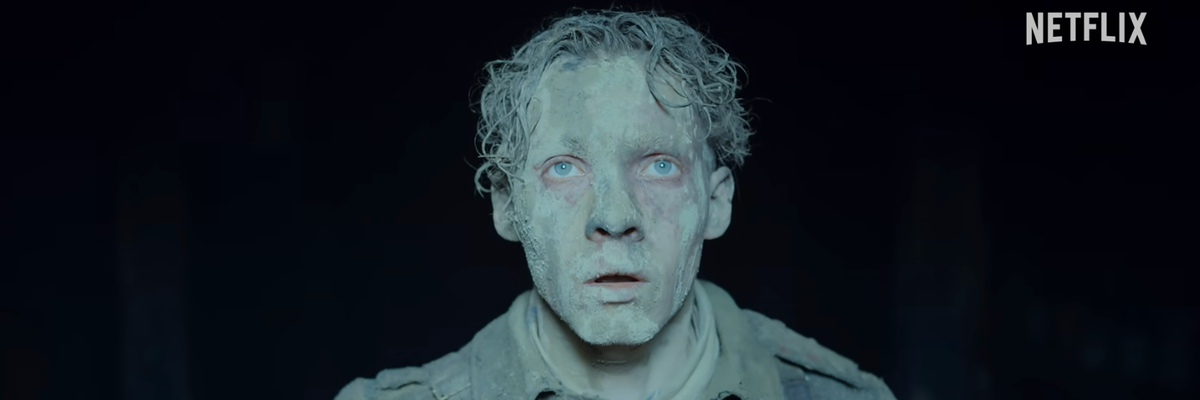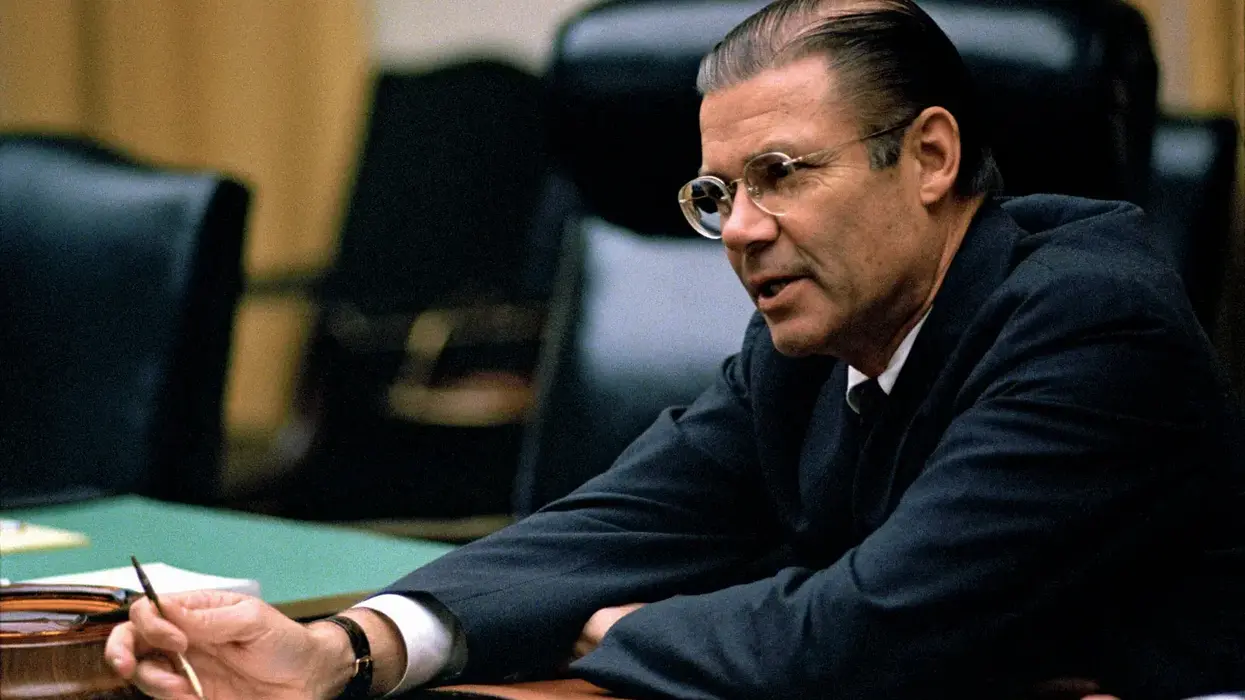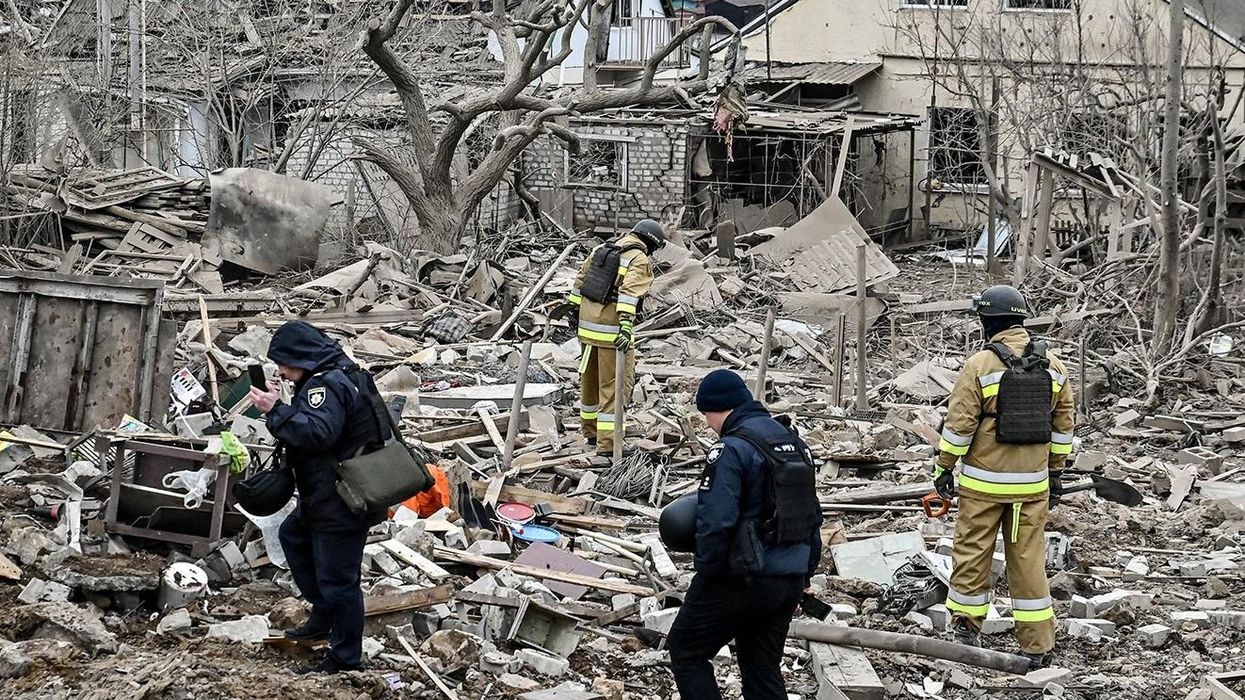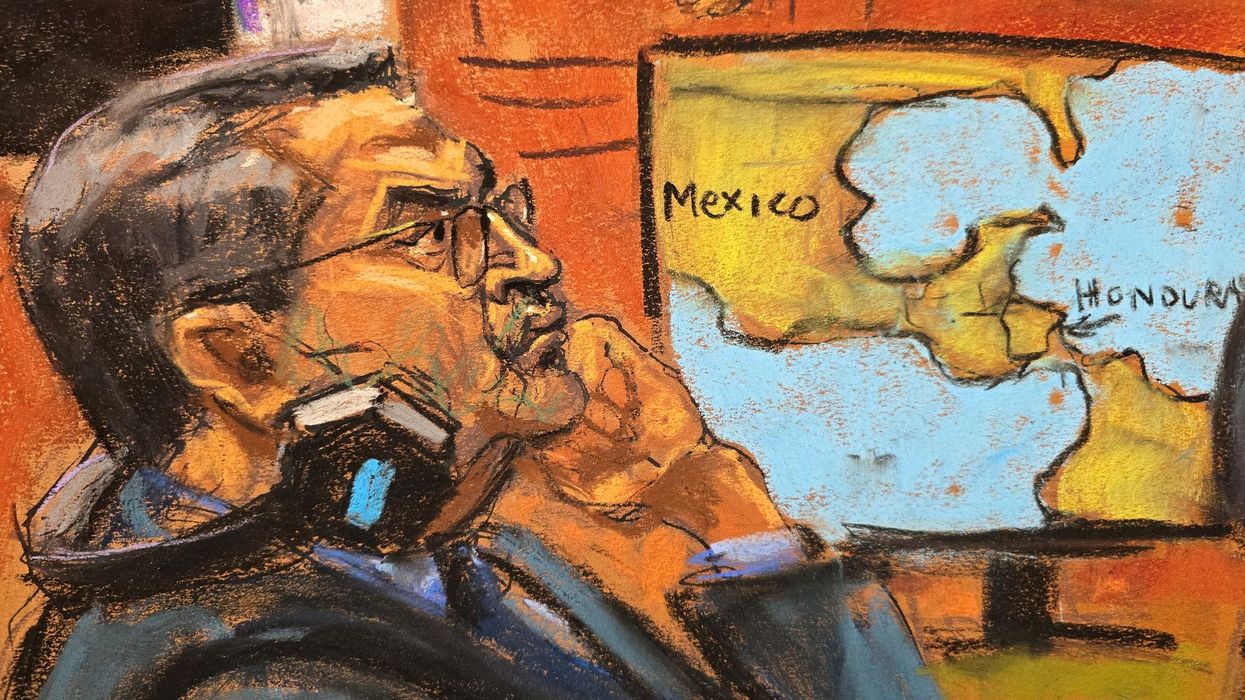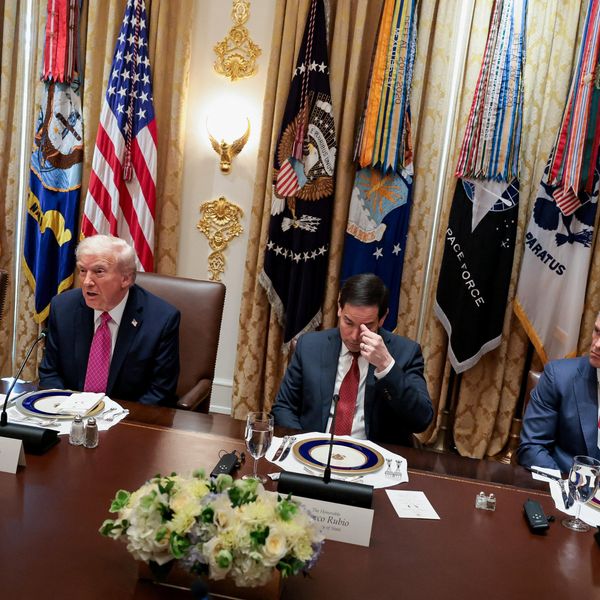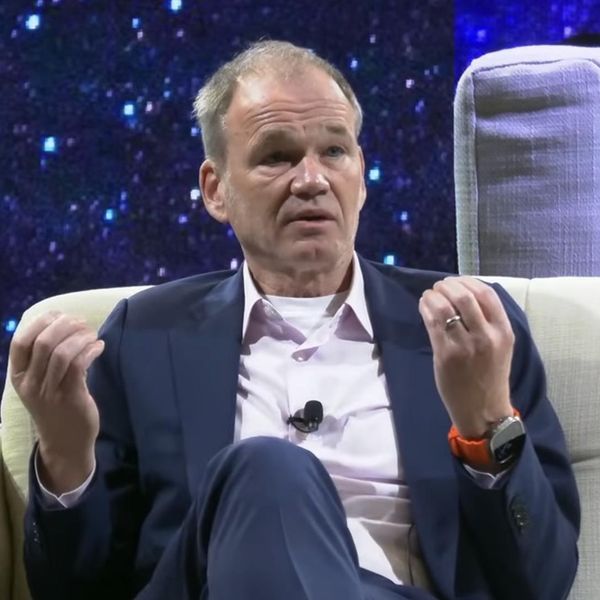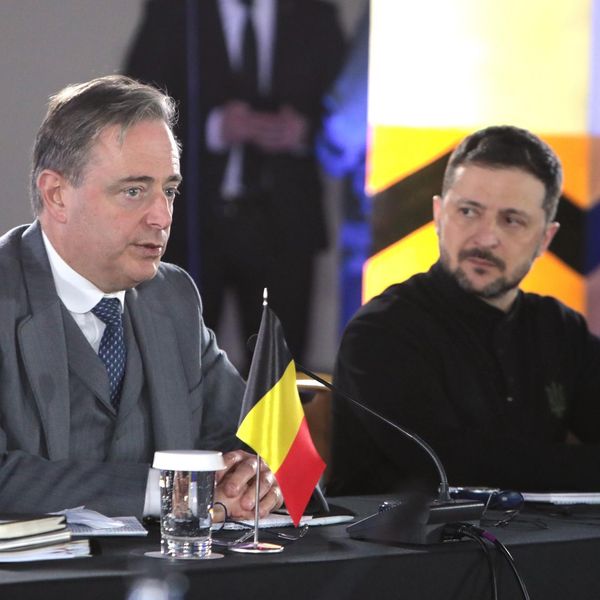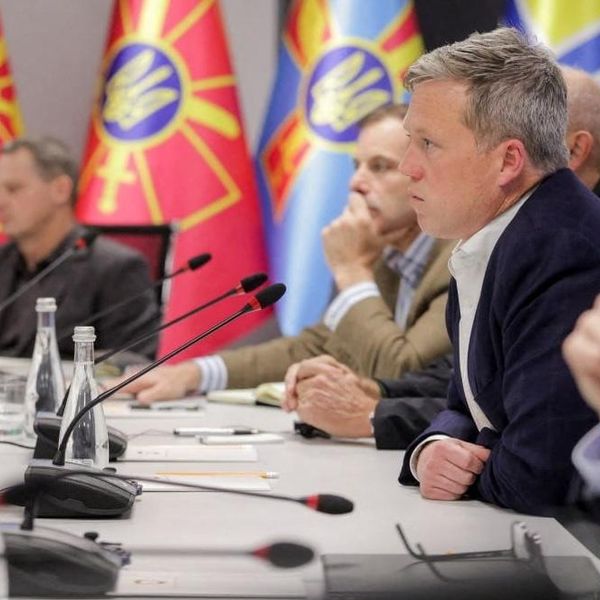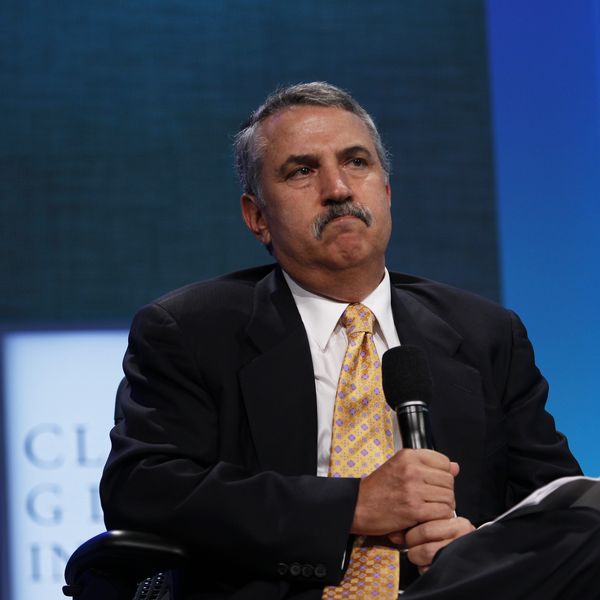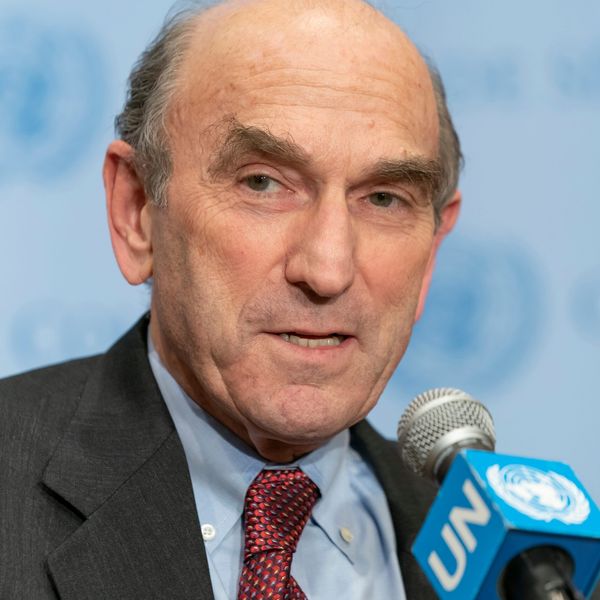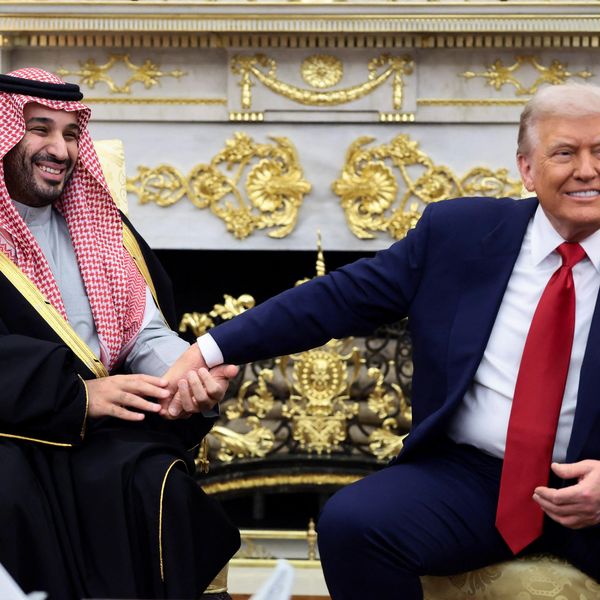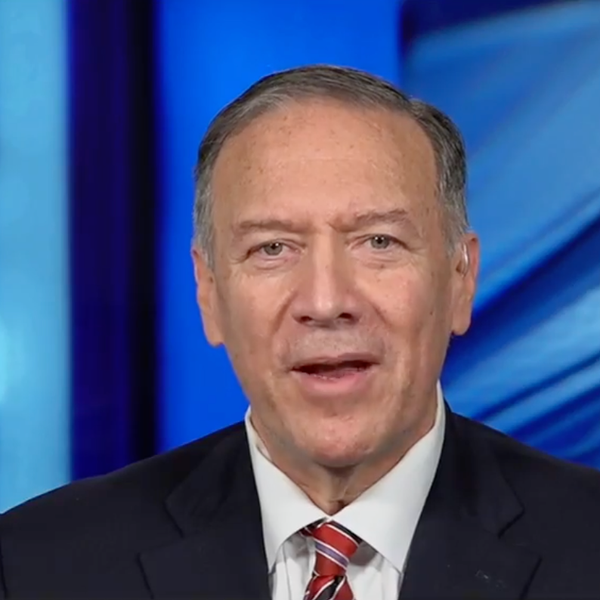When Erich Maria Remarque published his internationally successful novel All Quiet on the Western Front in 1929, he had to have known it would be controversial.
What he likely did not foresee was just how successful it would be. The book almost immediately got an American movie adaptation that would be slated for mass translation into numerous languages at the behest of the League of Nations.
Such fame would eventually lead to a ban on the 1930 film in Germany, with the ascendent Joseph Goebbels coordinating the sabotage of movie screenings, including the release of rodents and thugs into theaters in the weeks before the movie was scrubbed from the public view. Remarque, for his efforts in penning a novel showing the casual cruelty of the war he had served in, would eventually flee his native homeland of Germany for residence in the United States and then Switzerland.
A second (made for American TV) was produced in 1979. The newest version of the film, released this October, is the first fully German production of “All Quiet,” one of the country's most internationally famous novels. Directed by Edward Berger, the film is currently available on Netflix. Considering the current war fever in Moscow, London, and Washington, it could not have come at a better time.
When it comes to American audiences at least, an entire cultural pathology has grown up around World War II that overlooks its predecessor. This hyper-fixation on the more romanticized sequel does us an immense disservice today. Not only is it rooted in a questionable appeasement mythology, it neglects the very obvious fact that, without the Great War, the Second World War would have never happened.
Also overlooked is that so many of the senior statesmen who survived the Second World War are now adamant about not sleepwalking into WWIII via direct great power escalation today — a caution that is now lost on some of their more secure and historically removed descendants. But I digress.
The numerous Balkan Wars — set off by the terminal early 20th century decline of both the Hapsburg and Ottoman Empires in Eastern Europe and coupled with the development of hair trigger alliances enmeshed in globe-spanning colonial holdings — all but guaranteed that, should policymakers make a rash decision or error, a local war would quickly go global. Such a cascade of catastrophe would ensue in the summer of 1914, with a local dispute between Austria-Hungary and Serbia sending the post-Bismarck world order tumbling down.
Rampant escalation and fear of the rival powers’ motives touched off a spark that would cause the decline or outright collapse of every initially involved power, massive refugee flows, and eventually exacerbate a deadly influenza pandemic in the later years of the conflict. Even at the end of the war, regional conflicts would rage on, including the Russian Civil War, the Greco-Turkish War, the Irish War of Independence, and many others. One could even say that the first half of the 20th Century was one gigantic conflict with a comparative intermission between two major phases now known, perhaps incorrectly, as separate world wars.
But it is in the first stage for the contest for global supremacy that “All Quiet on the Western Front” drops us, albeit in its later moments. Differing from the more gradual pace of previous adaptations, Berger’s version gives us a brief baptism of fire for the main characters starting in 1917.
Here, the war is already well underway, and the youthful enthusiasm of the replacement recruits provide the only color against an altogether desaturated backdrop. We see the main character, Paul Baumer, receive the repaired clothing of a soldier previously killed at the opening of the movie. He does not know its origin, but we, the audience, do. The material of the war gets recycled when it can, even if the soldiers themselves cannot be. The industrial complex of the German military has already adjusted to a new reality our protagonists have yet to fully experience.
Shortly after they are unceremoniously thrown into battle, the narrative fast forwards to the final week of the war. A departure from how this story was previously told, it is a change that adds to the tragedy and poignancy of the inevitably diminishing list of characters, each one more wasteful than the last as we count down to the final stretch of combat.
Negotiations between German diplomats and French Marshal Ferdinand Foch are also added to the narrative to bring further emphasis on these final days of the war's ultimate futility. All of this is brought together with a visually striking combination of wide panning shots of terrible and atmospheric beauty often jarringly juxtaposed with claustrophobic close ups of brutal, visceral combat. So too is the state of soldiers’ rations and the effects of hunger in the trenches compared to the luxurious meals enjoyed by both Allied and German officers.
Not all of these narrative changes are for the best, however. By backloading the narrative in this manner and giving it more desperate urgency, we also lose seminal parts of the original story — like the return of Paul to his hometown to find himself an alien amongst friends and family. Cut too, is the confrontation between the aggressively pro-war primary school teacher and the petty, vindictive local postmaster who was the protagonists’ boot camp instructor and ends up being a decidedly underperforming soldier when actually sent to the front himself. Exposure to the civilian public whose attitudes towards the war are shaped by a jingoistic press is also cut — an especially lamentable decision considering how much resonance it still has for contemporary audiences.
Perhaps to compensate for omitting these moments, a new character is introduced that seems to combine many of these themes indirectly into one man: the commanding general on the front. This increasingly unhinged man serves as a catch-all for the cut characters as well as being a kind of stand-in for Erich Ludendorff (the real commanding general of German army in the final stages of the war). This figure exhibits all the vainglory of an old man unable to accept the battle is lost, culminating in an especially tragic scene in which he orders his remaining soldiers to attack the French position merely 15 minutes before the armistice is to take effect for the sole reason of being able to claim, when they return home, that they ended the war while advancing.
This type of destructive behavior did in fact occur historically on the final day of the battle, but it was largely by officers in the United States Army. It was a final mad rush to “glory” by those who felt they had been cheated of decisive victory.
When “All Quiet” concludes, one is left with a feeling of immense waste. All of the small acts of heroism with which the young soldiers had once been so enthusiastic to prove themselves had amounted to nothing. Forces larger than themselves had set their paths and their fates far away from these vignettes of battle, and they paid the prices.
Certainly, the Serbians defended themselves from conquest, but what did these other participants gain from a local war made global? Would it have been possible to contain the damage to one region rather than many if different choices had been made?
This war is impossible for us to romanticize today, and thus looking at it, even indirectly through modern cinematography, might do us a bit of good. The phrase “restraint” in foreign policy circles is not some mere buzzword for criticizing a foreign policy consensus conditioned to reaching for the sword as first option. Restraint can be the difference between life and death.
Sun Tzu, who wrote his famous Art of War thousands of years ago, was no pacifist regarding the study of warfare and the maintenance of the military as vital for the state. But even he, in the very beginning of his famous treatise, admonishes his reader that while warfare may sometimes be necessary, it represents the failure of diplomacy and is thus, in its own way, a form of failure, regardless of the outcome.
We see this displayed, in all of its cinematic horror, in “All Quiet on the Western Front.”

